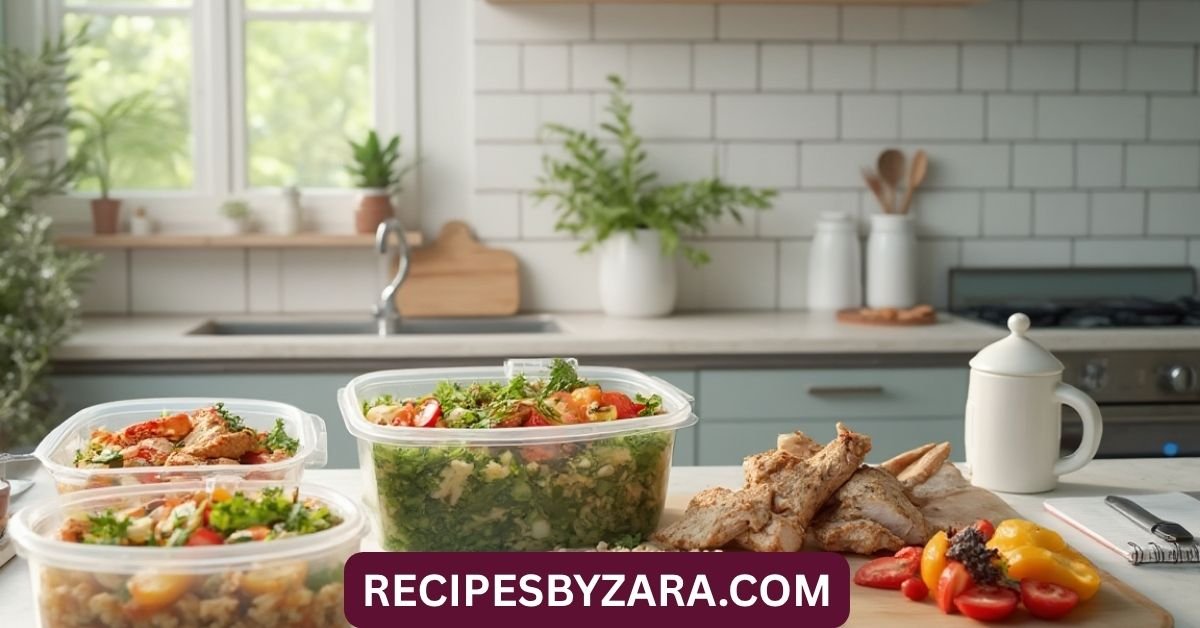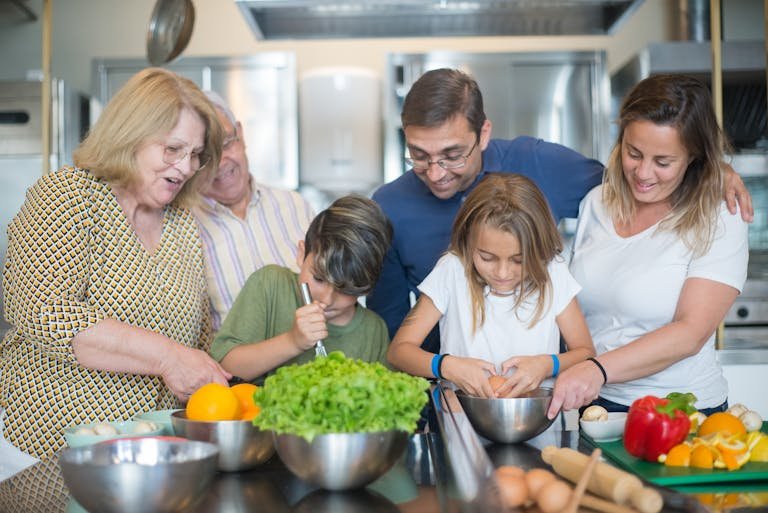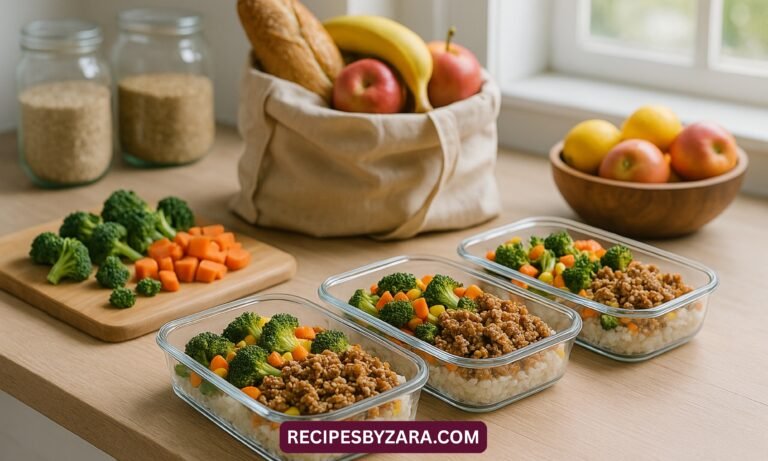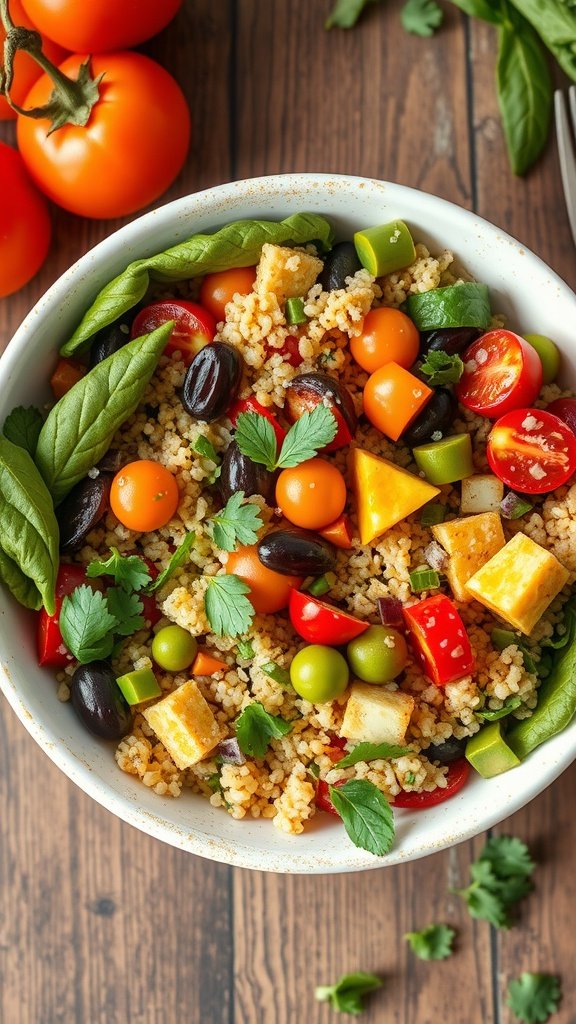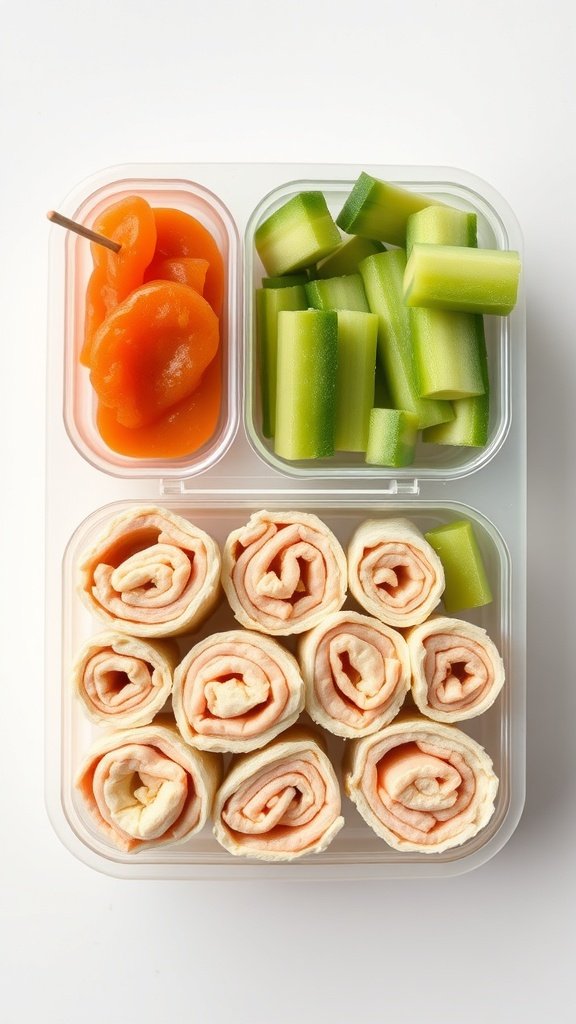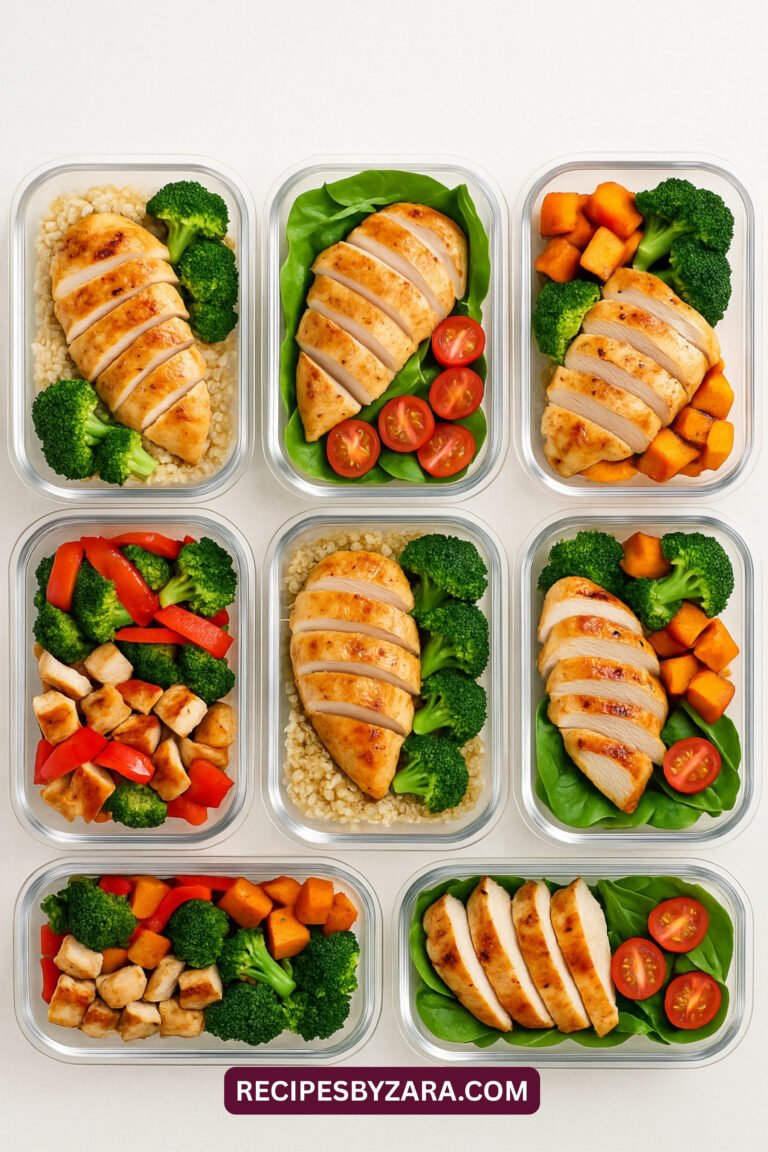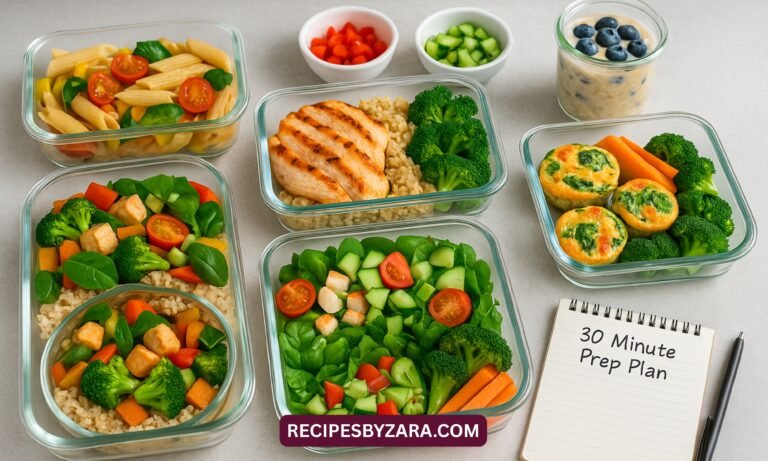What is Meal Prep and How Does It Help with Weight Loss?
What is meal prep and how does it help with weight loss? How structured planning, healthy portions, and time-saving habits can aid your weight loss journey effectively.
Meal prep has become a powerful strategy for those who want to take control of their health and diet. It’s no longer just a fitness trend; it’s a lifestyle choice embraced by busy professionals, athletes, and everyday people trying to lead a healthier life. But many still ask, what is meal prep and how does it help with weight loss?
This comprehensive guide will walk you through everything you need to know about meal prepping. From understanding its basics to exploring how it specifically supports weight loss, we’ll cover all aspects in-depth.
So, if you’re ready to improve your eating habits, save time, and lose weight without constant calorie counting or restrictive diets, then this is the perfect place to start.
1. What is Meal Prep?
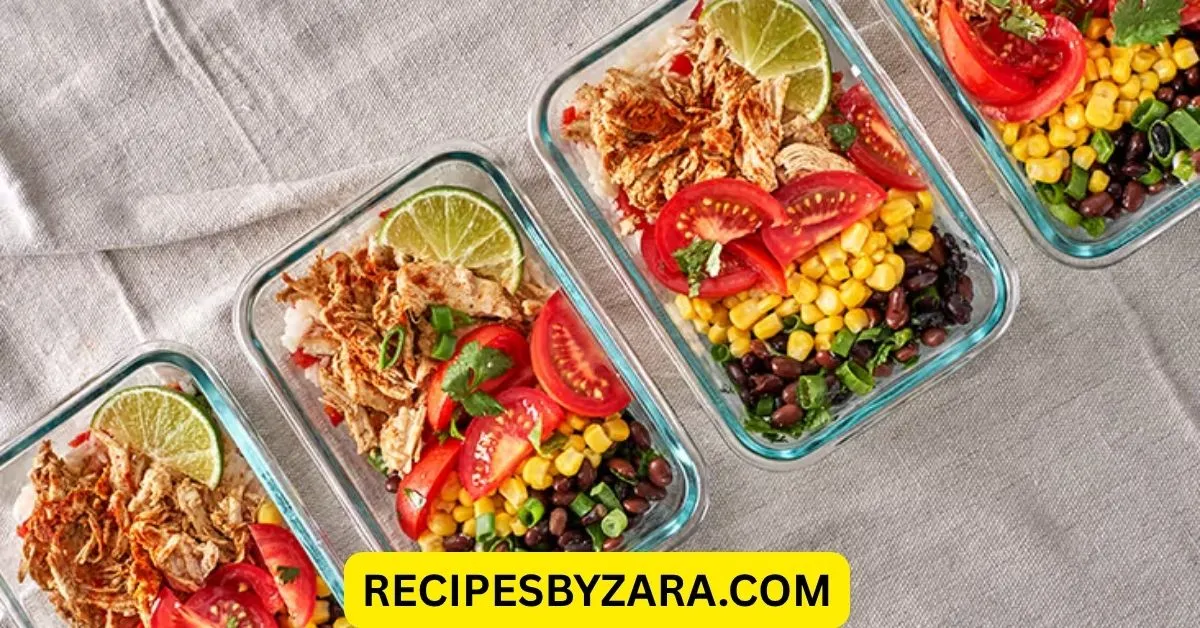
Meal prep is the process of preparing your meals ahead of time to ensure healthier eating habits, convenience, and time efficiency. It involves cooking meals in bulk or organizing individual components like proteins, vegetables, and grains in advance. The goal is to reduce last-minute food decisions and promote consistency in your diet.
There are several types of meal prep including batch cooking (preparing large quantities of meals), portioning individual meals for the week, or prepping ingredients to cook fresh meals faster. This flexibility makes it a versatile option whether you follow a specific diet like clean eating or simply want to eat healthier.
Unlike daily cooking, where decisions are made spontaneously, meal prepping requires planning and foresight. It integrates portion control and mindful eating into your lifestyle naturally. You’re less likely to overeat or reach for unhealthy options when your meals are already prepared.
Meal prep helps reduce the temptation to grab takeout or junk food, especially during busy workdays. With balanced meals for weight loss ready to go, you’re more likely to stay consistent with your nutrition goals.
2. How Meal Prep Supports Weight Loss
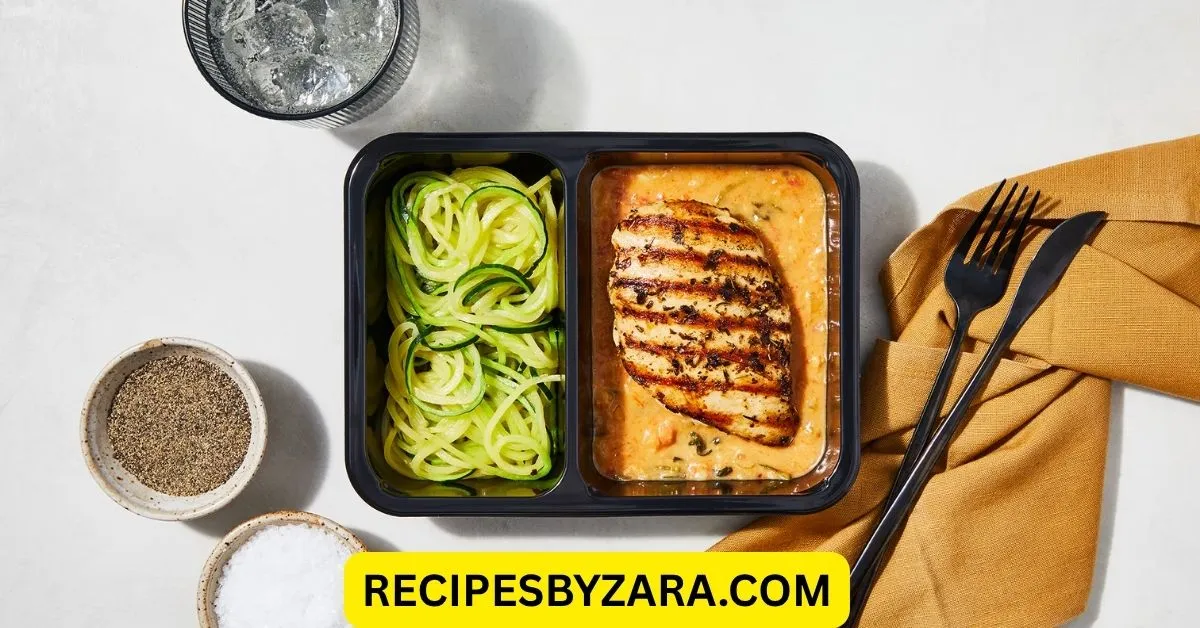
One of the biggest benefits of meal prep is how it aligns with weight loss strategies. By pre-planning meals, you eliminate guesswork and ensure that your food choices support your goals. This consistency helps maintain a calorie deficit, which is the cornerstone of fat loss.
Portion control plays a crucial role in this process. Pre-packed meals reduce the risk of overeating, helping you stay within your daily calorie deficit meals range. This makes it easier to shed pounds without needing to count every calorie or follow restrictive diets.
When your meals are structured and ready, you avoid impulsive decisions that lead to sugar-free meal prep failures. Unhealthy snacks and fast food temptations are minimized, creating a stable environment for long-term weight management. Your fridge becomes your personal tool for maintaining healthy, low-calorie recipes that support weight loss.
Another critical aspect is nutrient balance. With macro tracking in place, your meals can be adjusted to ensure you’re consuming the right mix of protein, carbs, and healthy fats. This prevents energy crashes and promotes fat loss nutrition that’s sustainable.
3. Benefits Beyond Weight Loss
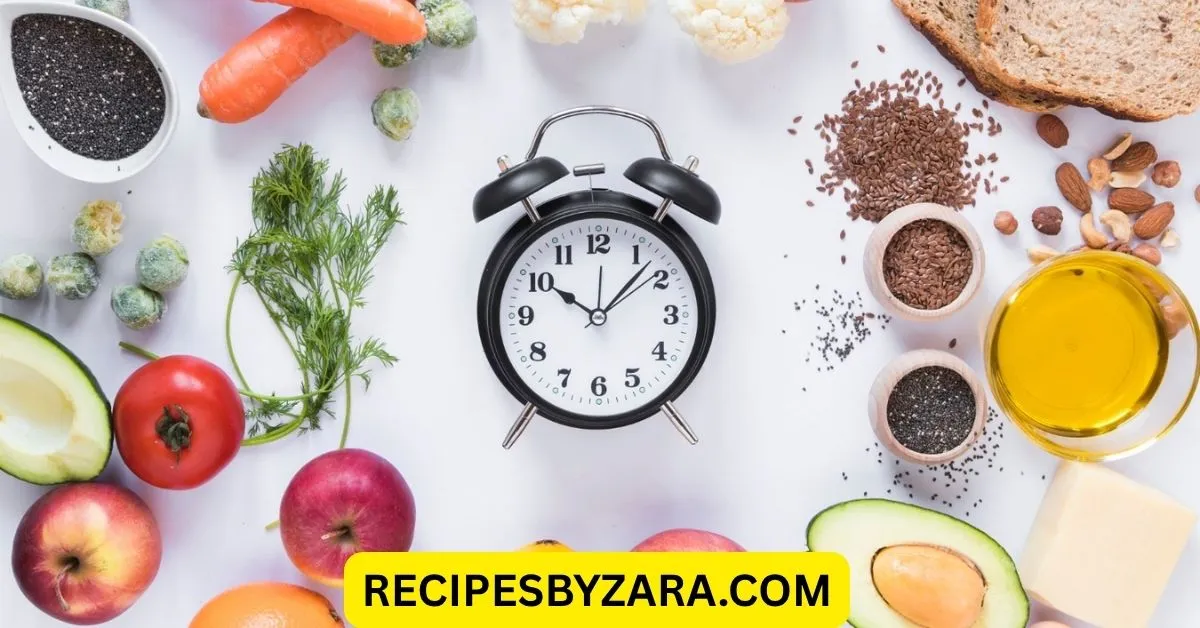
While the primary focus here is on what meal prep is and how it helps with weight loss, it’s important to highlight its broader benefits. One of the most appreciated perks is how much time-saving cooking you’ll experience. No more scrambling to decide what’s for dinner, everything is ready when you need it.
Meal prep also helps reduce food waste. When you shop with a purpose and follow a grocery shopping list, you buy exactly what you need. Leftovers become intentional meals, not discarded scraps. This efficiency also leads to financial savings, making budget meal prep a popular choice for families and individuals alike.
It fosters mindful eating habits. You become more aware of what you’re putting into your body, often leading to healthier decisions even when you’re not actively prepping. The process supports a fitness lifestyle by making nutritious eating automatic.
In the long run, these habits contribute to improved digestion, better energy levels, and enhanced mental clarity. People who practice prep day routines often report lower stress related to food and eating.
4. Common Mistakes to Avoid
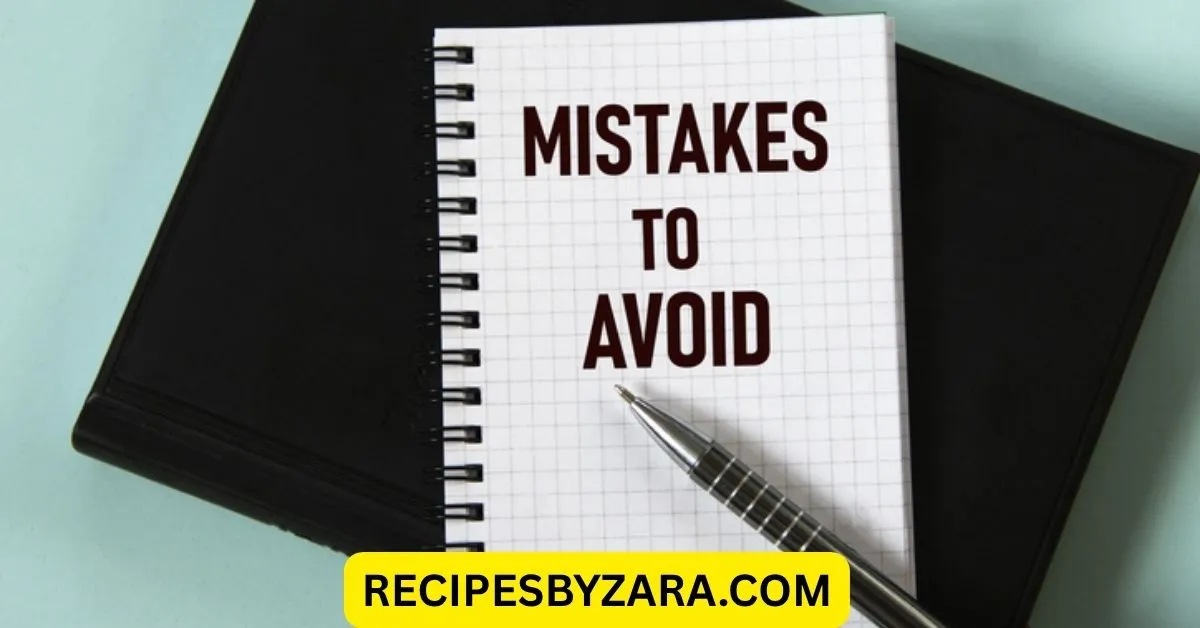
Starting with meal prep can be exciting, but certain pitfalls may derail your efforts. One major mistake is not planning enough variety. Eating the same food every day can lead to food fatigue, causing you to abandon your prep altogether.
Another common error is neglecting nutritional balance. If your meals lack key elements like fiber or protein, you might end up unsatisfied or undernourished. Make sure your prep-friendly foods include plenty of vegetables, lean proteins, and high protein low carb options where appropriate.
Over-prepping is also a frequent issue. Some meals may not hold well in the fridge beyond 3-4 days. Learn proper fridge meal storage and include a mix of fresh and freezer-friendly meals to avoid spoilage.
Lastly, skipping portioning can defeat the purpose. Eyeballing food often leads to overeating. Use tools like measuring cups, food scales, and meal containers to keep portions accurate and maintain portion control.
5. Step-by-Step Guide to Start Meal Prepping
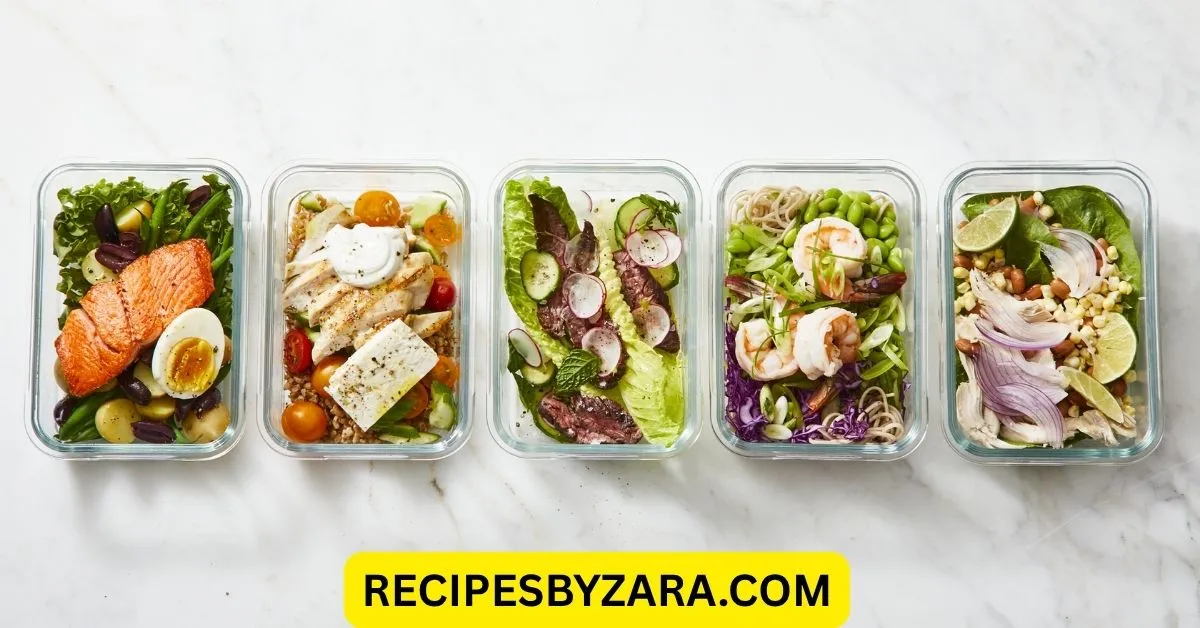
To begin, choose 1-2 days a week as your prep days. Most people prefer weekends for their prep day routine. Set aside a few hours for planning, shopping, cooking, and storing.
Create a weekly food routine and write out your grocery shopping list based on the meals you want to prepare. Make sure to include protein meal prep, fiber-rich carbs, and healthy fats. Keep your list focused to avoid buying unnecessary items.
During cooking, use multiple pots and pans to maximize efficiency. While your chicken is baking, you can steam vegetables and boil quinoa. Use a food prep schedule to streamline your actions.
Once everything is cooked, divide meals into reusable containers. Label each with contents and date. Store the meals in the fridge or freezer, depending on your schedule. This makes your week stress-free and ensures your diet stays consistent.
6. Best Foods for Weight Loss Meal Prep
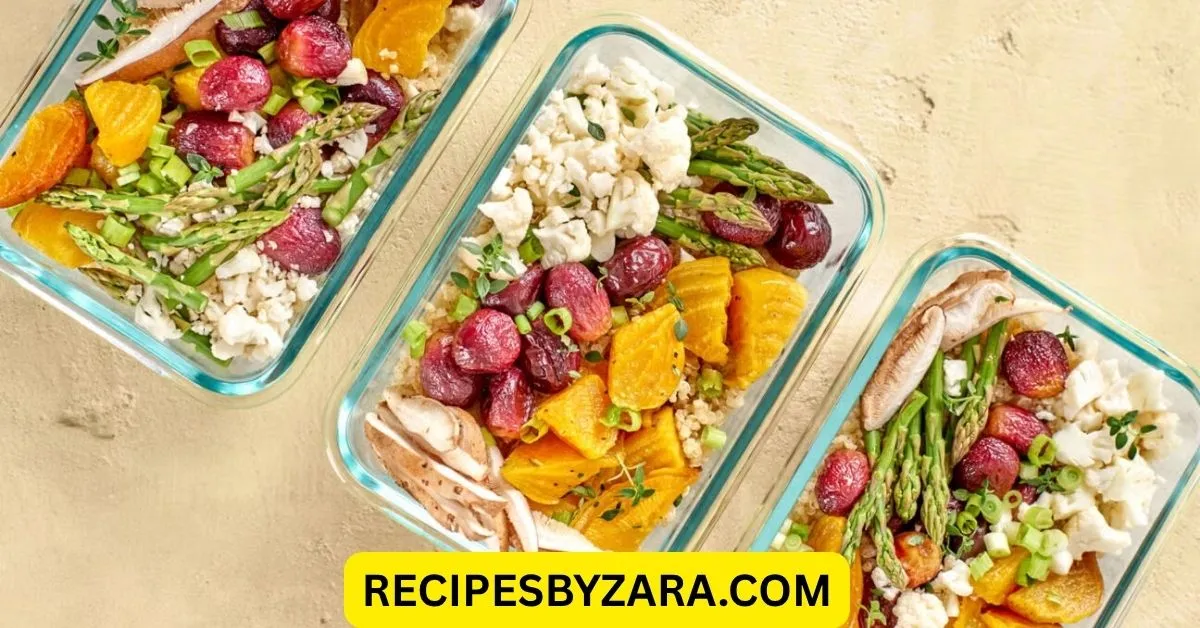
Your choices of prep-friendly foods can significantly influence your weight loss results. Focus on high-protein options like chicken breast, turkey, tofu, or legumes. These support muscle retention and satiety.
Carbohydrates should come from fiber-rich carbs like brown rice, quinoa, sweet potatoes, or whole wheat pasta. These keep you full longer and stabilize your blood sugar.
Healthy fats are essential too. Don’t shy away from foods like avocados, nuts, and olive oil. They help absorb nutrients and add flavor to your meals, promoting clean eating.
Include a variety of low-calorie veggies such as spinach, kale, zucchini, or broccoli. These are ideal for healthy lunch prep and can be incorporated into various recipes throughout the week.
7. Sample Meal Prep Plan (1 Week)
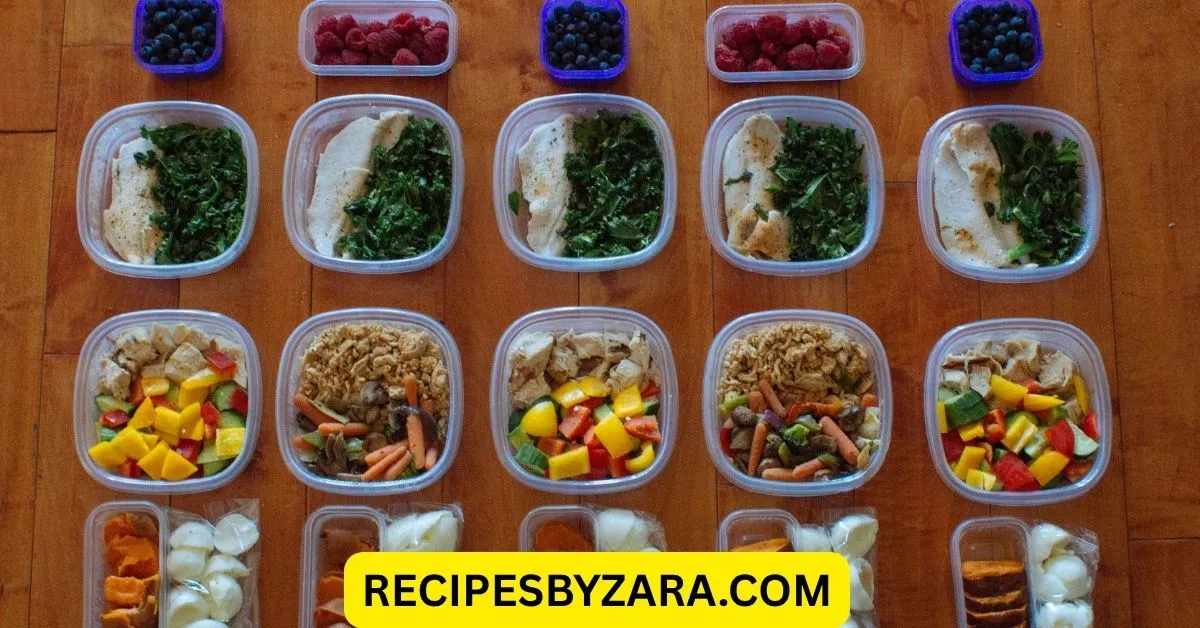
A good meal prep for beginners template might look like this:
- Monday to Wednesday: Grilled chicken, roasted sweet potatoes, and steamed broccoli
- Thursday to Friday: Turkey chili, brown rice, and green beans
- Snacks: Greek yogurt, hummus with veggie sticks, or boiled eggs
Make sure to use proper portion control. A typical balanced meal includes one palm-sized portion of protein, one cupped-hand portion of carbs, and a thumb-sized portion of fat. This method is simple but effective.
You can rotate your meals to avoid monotony. Try incorporating diet meal examples that suit your preferences and dietary needs.
8. Tools and Containers You’ll Need
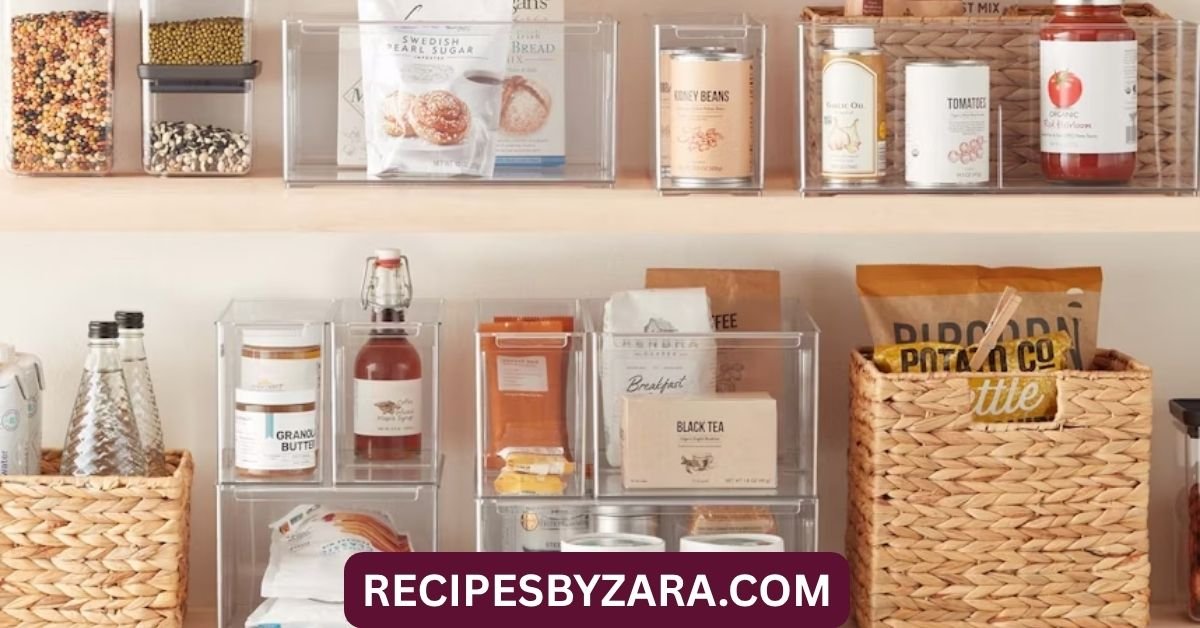
Investing in the right tools can make your meal prep success easier. Use meal containers that are BPA-free and microwave-safe. Glass containers are ideal for longer storage, while plastic containers are lighter for on-the-go meals.
Essential tools include measuring cups, food scales, cutting boards, and sharp knives. These help maintain accuracy in portioning and food prep.
Keep labels handy for organizing your meals. Also, consider using a calendar or app to track your food prep schedule. These simple steps can improve your overall efficiency.
9. Meal Prep for Different Diet Types
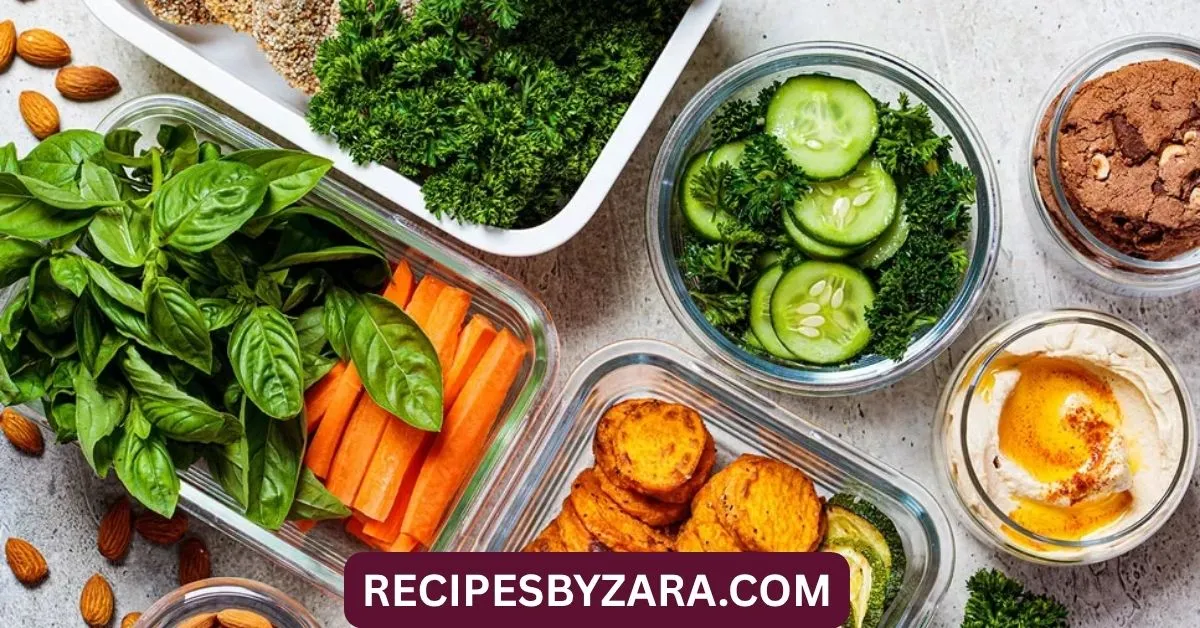
Meal prep isn’t one-size-fits-all. Whether you’re doing keto, vegan, or intermittent fasting, you can tailor your prep to fit your eating plan.
For keto, focus on high-fat, low-carb foods like eggs, cheese, avocados, and fatty cuts of meat. For vegan meal prep, rely on beans, lentils, tofu, and a rainbow of vegetables.
If you’re practicing intermittent fasting, you might prep larger portions for fewer meals. The key is still macro tracking and consistency with your chosen schedule.
No matter your diet, make sure your balanced meals for weight loss still support your daily nutritional needs.
10. Staying Consistent with Meal Prep

The hardest part of meal prep is sticking with it. Like any habit, it gets easier with time. Set a fixed prep day routine each week and commit to it as part of your lifestyle.
Avoid burnout by rotating recipes and trying new healthy meal ideas. You can even prep in smaller batches to keep meals fresher and more enjoyable.
Build accountability by sharing your progress with friends or online communities. Celebrate small wins like a successful week of healthy breakfast prep or hitting your fitness lifestyle goals.
Ultimately, what is meal prep and how does it help with weight loss becomes a lived experience, not just a question. The more consistent you are, the more visible your results will be.
Conclusion
To sum it up, meal prep is more than a diet trickit’s a sustainable, lifestyle-enhancing practice. By understanding what meal prep is and how it helps with weight loss, you equip yourself with the tools to eat better, feel better, and achieve your fitness goals.
With the right strategies, ingredients, and planning, you can enjoy the benefits of balanced meals for weight loss every day without stress. Commit to this habit and you’ll see real, long-lasting changes.
FAQs
Can you lose weight just by meal prepping?
Yes, you can. Meal prep helps control your portion sizes and ensures you’re eating consistent, nutritious meals. When done correctly with a focus on a calorie deficit, it becomes an effective tool for weight loss.
How many days can meal prep last?
Most meal preps last 3 to 5 days in the refrigerator. You can also prepare freezer-friendly meals for longer shelf life. It’s important to store meals properly in airtight meal containers to maintain freshness.
Is meal prepping expensive?
Not necessarily. In fact, it often saves money. You buy in bulk, reduce takeout, and avoid waste. With proper planning using a grocery shopping list, you stick to your budget while eating healthier.
What’s the best time to prepare meals?
Most people prefer Sundays or the start of the week. It depends on your schedule. Pick a consistent prep day routine that works for you and stick to it.
Do you need to count calories when meal prepping?
While it’s not required, macro tracking or rough calorie estimates help tailor meals to your goals. It ensures your protein meal prep and diet-friendly recipes are aligned with weight loss or muscle gain targets.
